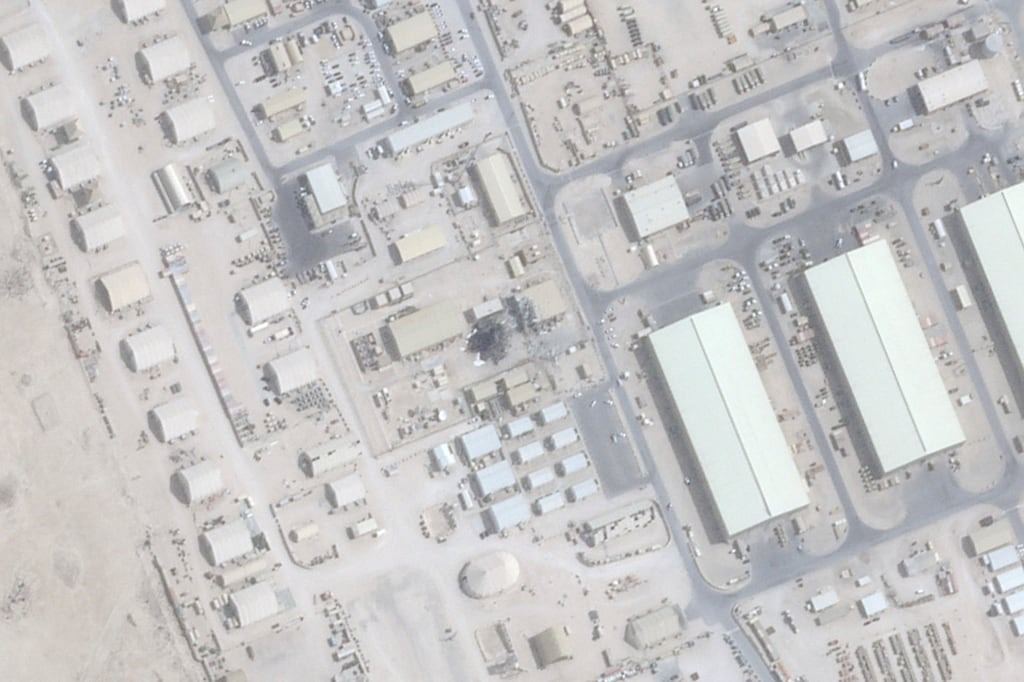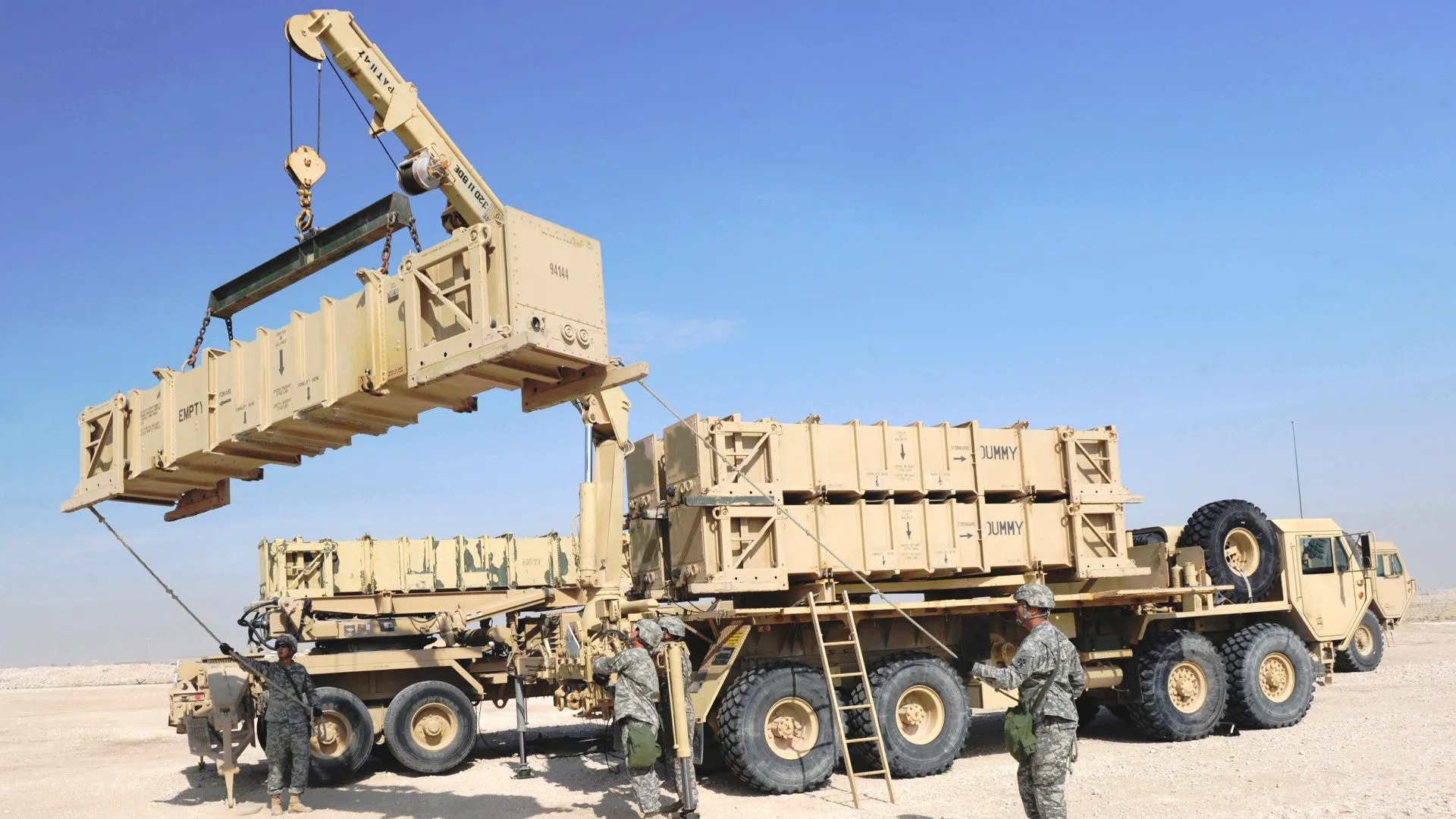Autoridades de Qatar publicaron detalles de las operaciones realizadas por las FFAA de ese país, para neutralizar el ataque con misiles realizado por Irán el 23Jun25 sobre la base Al-Udeid, que EEUU tiene emplazada en Qatar. Los componentes de origen estadounidense utilizados, fueron los sistemas de Def Ae PATRIOT y NASAMS, Jets de combate F-15 y Helicópteros Apache. Estos dos últimos realizaron vigilancia aérea adelantada y tenían capacidad de intercepción especialmente de drones. Los sistemas PATRIOT y NASAMS, operaron en las diferentes capas de Def Ae correspondientes a cada uno, para la neutralización de misiles de medio y gran alcance.
MILAN — Newly released footage reveals that several U.S.-made weapon systems played a central role in Qatar’s recent interception operation, forming a layered line of defense against Iranian-launched missiles during last month’s attack.
The Doha-headquartered media conglomerate Al Jazeera recently released a video featuring the insights of Qatari military officers who were involved in intercepting Iran’s missile attack on the Gulf state on June 23.
It revealed that on the morning of the strike, Qatar received intelligence that the interests of the United States were being targeted in the region, and a request was made from the Qatari leadership to close the country’s airspace.
The largest U.S. military base in the Middle East, Al-Udeid, is located outside Doha and houses approximately 10,000 American troops.
Four main systems, all made by American manufacturers, were highlighted as part of the Qatari armed forces’ military response: F-15 fighter jets, Apache helicopters, Patriot air defense systems, and National Advanced Surface-to-Air Missile systems.
The role of the F-15s was to conduct long patrol flights to prepare for a possible interception.

According to the statements of the Qatari fighter pilots featured, the aircraft’s “around-the-clock” rotation ranged from two to three hours, but refueling was available in the case of an alert, which would have allowed them to be in the air for up to six to eight hours.
The aircraft transmitted information to ground radars via the Link 16 network, a military data link network that essentially acts as an encrypted and jam-resistant Bluetooth, allowing U.S. and allies to send data back and forth. Qatar is one of the only non-NATO members known to have access to it.
The fighter jets were complemented by Apache AH-64E attack helicopters.
“Apache helicopters continued interception operations but at different altitudes than what the F-15s were flying, and they were fully ready to confront any attacks or interference by drones, if any,” an officer named Jaber Al-Naama from the Qatar Emiri Air Force said in the Al Jazeera video.
It appears the Qatari military has drawn inspiration from the U.S. Army by using Apaches in an air defense role. Other armed forces trialling the potential of helicopters in such operations include France, which last year reportedly used an NH-90 to shoot down a Houthi drone over the Red Sea, and Israel, which has used the AH-64 in counter-drone missions.
Around 7:30 p.m. that night, early warning systems detected that Iran launched missiles in two consecutive waves: Some came from the northeastern direction above territorial waters and the remaining missiles came from the northern direction.
Multiple Qatari Patriot anti-air missile batteries across two sites were activated, with seven missiles intercepted over the Persian Gulf, 11 countered over Doha, and one landed in the Al-Udeid base, the country’s foreign ministry spokesperson Majed Al-Ansari told CNN in June.
The latest footage indicates that one of the Patriot systems was stationed at a coastal site near territorial waters. The Gulf nation set up a two-layer air defense system: the first tier included Patriots, and the second was composed of NASAMS, co-produced by the Norwegian company Kongsberg and RTX.
However, officers noted that the secondary defense did not have to intervene given that the Patriot intercepted all of the 19 missiles launched and that no drones were involved in the attack.
Fuente: https://www.defensenews.com


